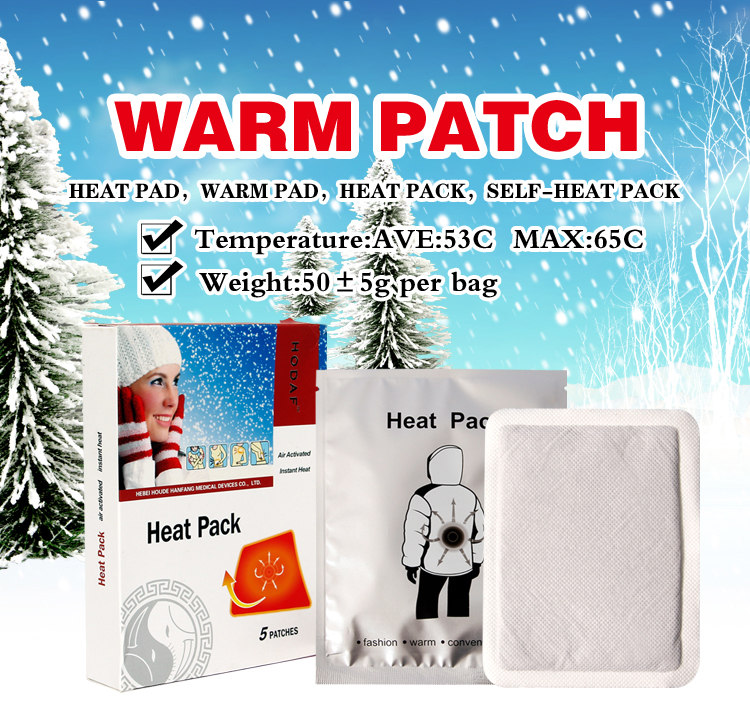The habit of turkey
Turkey is a wild animal in the Americas. It feeds on plant stalks, tender odor, seeds, and insects. It is resistant to heat, cold, rain, rain, and snow. It adapts to a variety of harsh conditions. With artificial rearing, all crop stalks are crushed into powder and mix well. All of them can be used as turkey feed and can be adapted for grazing and grazing. The 300 to 500 animals per person in the countryside do not affect their job. The turkey was born heavy and big, and the survival rate was high. The newly hatched turkey can weigh 110-130 grams and its survival rate is above 95%.
Turkey breeds strongly. Artificially hatching each turkey can produce 180 eggs per year. The natural hatching can produce 80 to 100 pieces per year. The rate of insemination can be as high as 90%. Turkeys generally grow to 6-7 months of age and begin to lay eggs. Every time they produce 15 to 25 eggs, they begin to hug their nests. The hatching period is 26-28 days. After the chicks hatch about 10 days, they lay eggs again and produce 15 eggs. When it comes to ~25 pieces, it is hatched again and the production cycle continues. With artificial hatching, hens are not allowed to hug and they can continue to lay eggs.

Air activated hand warmers contain cellulose, iron, water, activated carbon, vermiculite (water reservoir) and salt and produce heat from the exothermic oxidation of iron when exposed to air. They typically emit heat for 1 to 10 hours, although the heat given off rapidly diminishes after 1–2 hours.The oxygen molecules in the air react with iron, forming rust. Salt is often added to catalyze the process.
Heat Pack,Body Heat Pack,Comfort Heat Pack,Reusable Heat Pack
Hebei Houde Hanfang Medical Devices Co., LTD. , http://www.hodafhealth.com
